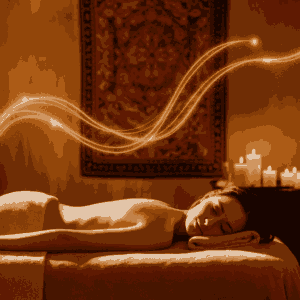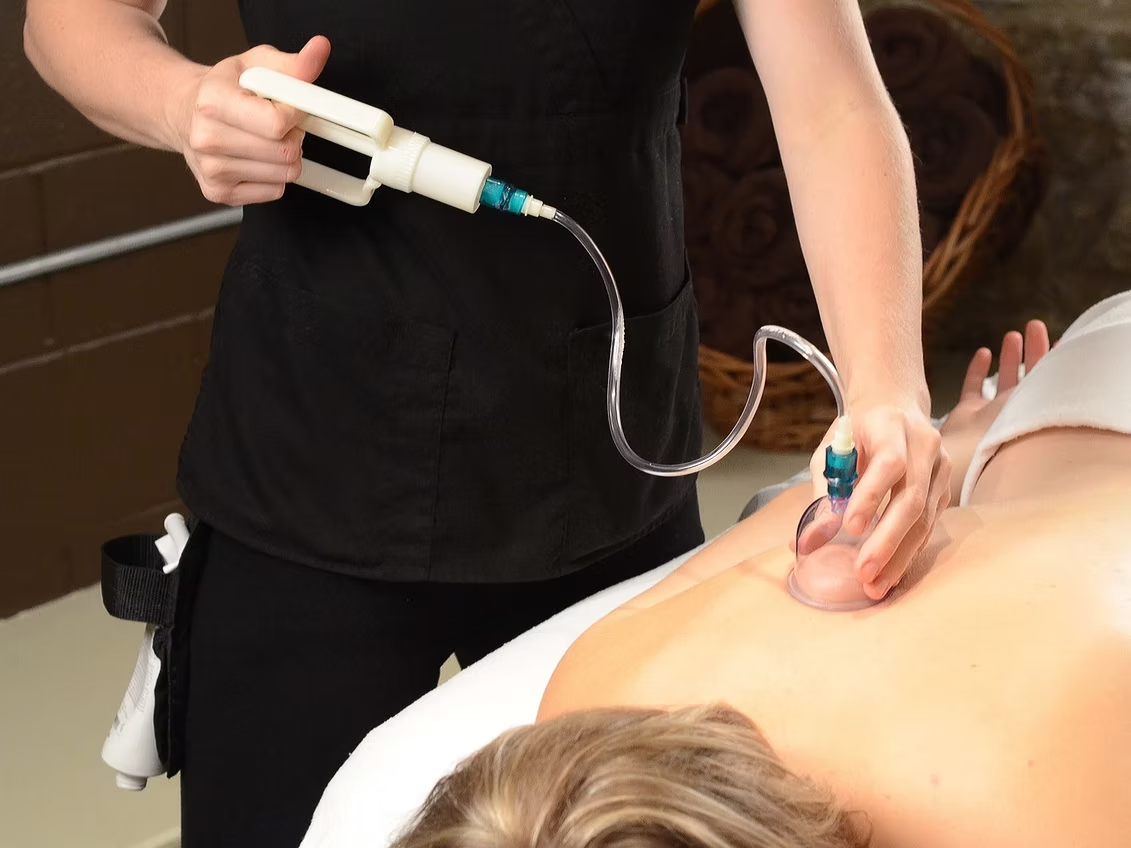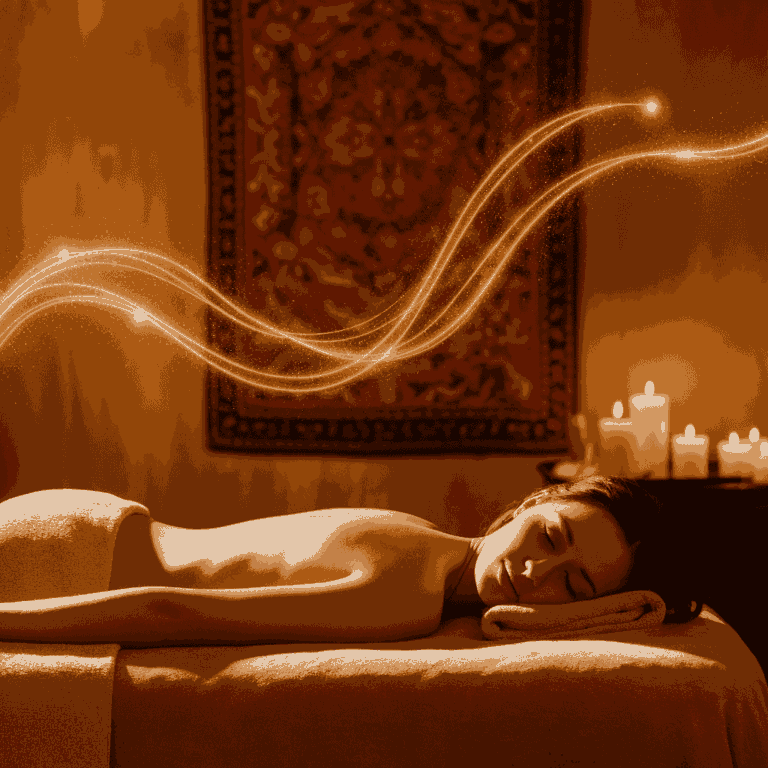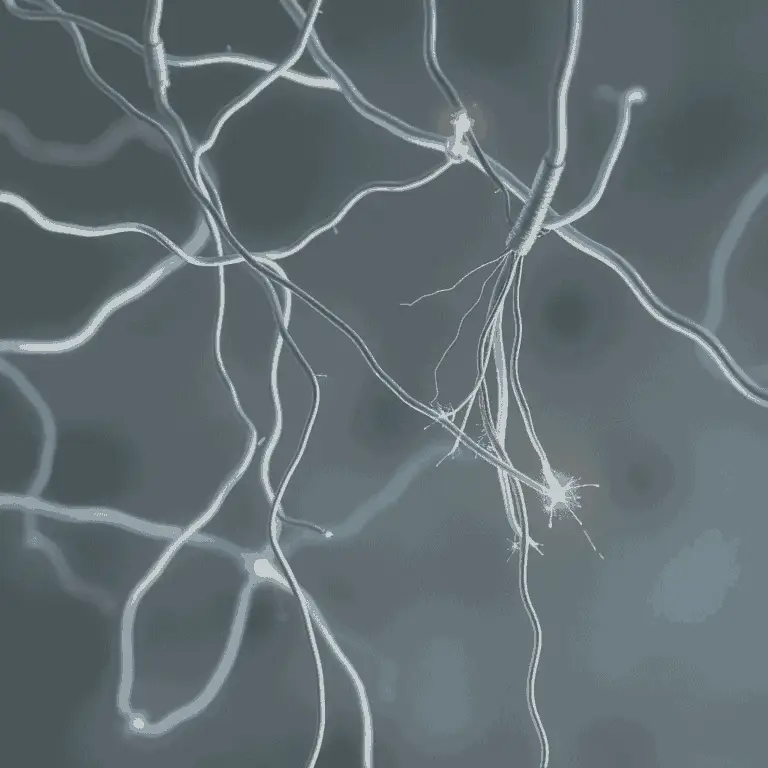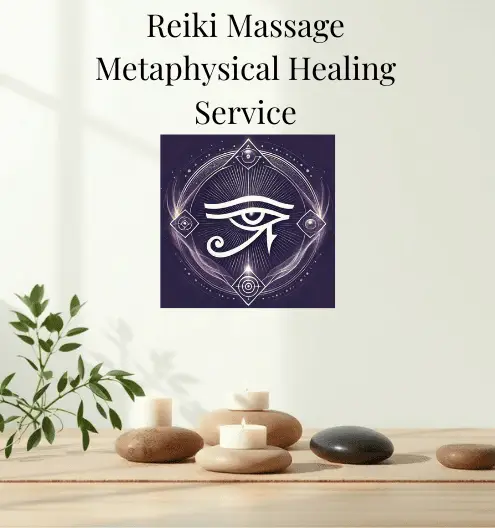During an bloom in the air and touch becomes an intentional art, something extraordinary happens: the body remembers. Not through words, but through a gentle, persistent unfolding of long-held tension. Somatic memory release through organic aromatherapy massage is not merely a practice in relaxation—it is a gateway to healing deeply embedded trauma, emotional residue, and forgotten body memories.
The concept may seem esoteric to the unfamiliar, but to those who have experienced it firsthand, it is profoundly real. When essential oils are paired with intentional, therapeutically-guided massage, the body often responds in subtle yet life-altering ways. This article explores the intricate mechanics and profound psychological and physical effects of combining these healing modalities.
Somatic Memory: The Body’s Unspoken Archive
Unlike cognitive memory that resides in the prefrontal cortex, somatic memory is a form of implicit memory stored in the tissues, fascia, and nervous system. It is involuntary, subconscious, and deeply felt. The body, in its immense intelligence, stores memories of physical trauma, emotional hurt, and even stress patterns experienced in early life. This somatic encoding serves as a protective mechanism. However, unresolved trauma often remains “locked” within these physical structures, manifesting later as chronic tension, anxiety, migraines, autoimmune flare-ups, or even dissociation.
Aromatherapy massage, when done with purpose and presence, becomes an invitation to the body to revisit these memories—not through re-traumatization but through release. The intention is not to unearth every dark corner of experience, but to create a safe space where the body can speak, and more importantly, be heard.
The Intersection of Touch and Scent in Trauma Release
Touch is among the earliest senses developed in utero. It informs our sense of safety, connection, and boundaries. Meanwhile, scent is intrinsically tied to memory—specifically the limbic system, which governs emotional responses and memory recall. When these two modalities are harmonized, the body often responds in astonishing ways.
For example, lavender’s sedative effect does more than relax muscles; it cues the nervous system to shift into parasympathetic dominance—our body’s healing mode. Frankincense, used for centuries in spiritual ceremonies, has grounding properties that support emotional release and soul-level integration. When such oils are applied during a skilled massage session, the olfactory and tactile systems act synergistically. This primes the subconscious for unwinding stored trauma.
Mechanisms Behind Cellular Memory and Therapeutic Touch
Cellular memory suggests that cells retain information beyond genetic encoding—emotional, energetic, and environmental inputs may become biologically embedded. Though scientific consensus on this concept remains nascent, anecdotal and somatic therapy evidence is abundant.
Intentional touch delivered through organic aromatherapy massage accesses this stored memory by creating conditions of radical safety and present awareness. The fascia, our connective tissue matrix, acts as both a structural support and an emotional reservoir. When massaged mindfully, fascia softens and becomes receptive. At this juncture, individuals may experience tremors, tears, or sudden emotional shifts—symptoms not of breakdown but breakthrough. This is somatic memory coming to light.
Emotional Release and the Therapeutic Role of Essential Oils
Each essential oil has a vibrational frequency and a corresponding emotional impact. Bergamot, known for its mood-elevating properties, is often used to address grief or self-judgment. Rose oil, with its heart-opening properties, supports the release of abandonment trauma. Myrrh anchors spiritual wounds, offering solace in grief.
When essential oils are administered through massage, they are not merely absorbed through the skin—they are inhaled, felt, and remembered. The oils act as both catalyst and balm. They invite the nervous system to soften, the breath to deepen, and the emotional landscape to shift gently, yet decisively.
The Role of the Practitioner: Presence as Medicine
A therapist skilled in somatic awareness does not simply perform a technique—they hold space. Their touch communicates attunement, empathy, and safety. They listen—not just with their hands, but with their entire presence.
This subtle energetic communication allows the client to descend into parasympathetic states where trauma can unravel. The practitioner may intuitively adjust pressure, rhythm, or pause entirely to allow a moment of silence. These decisions are not procedural but relational, built upon trust and somatic dialogue.
Organic vs. Synthetic: Why Purity Matters
Organic essential oils are free from pesticides, synthetics, and adulterants that can interfere with the body’s energetic and chemical balance. During trauma release, the body becomes more permeable and receptive—both physiologically and energetically. Using impure oils during this time is akin to playing static over a healing song.
The body, especially when in a hyper-receptive state, can detect and respond to the frequency of plant-based medicine. This is why quality matters. An organically sourced oil carries the full spectrum of a plant’s intelligence—its biochemical, aromatic, and energetic gifts.
Neurological Correlates and Polyvagal Theory
According to Dr. Stephen Porges’ Polyvagal Theory, the vagus nerve plays a pivotal role in our ability to feel safe and connect. Intentional massage stimulates vagal tone through slow, rhythmic strokes, encouraging the body to move from a sympathetic (fight-or-flight) to a parasympathetic (rest-and-digest) state.
Aromatherapy adds another layer to this process by engaging the olfactory-vagal pathway. When the body experiences this dual stimulation, it often enters a state of neuroception—a subconscious detection of safety. From here, healing is not only possible, it is likely.
While each individual’s experience will vary, practitioners of aromatherapy massage consistently observe noticeable improvements in their clients’ well-being. Many report that regular sessions contribute to reduced stress, improved sleep, enhanced emotional regulation, and a deeper sense of bodily awareness. These effects align with what is known about the physiological impact of massage and the neuropsychological effects of essential oils on the limbic system.
Rather than focusing solely on anecdotal breakthroughs, it is more constructive to view aromatherapy massage as a supportive modality—one that fosters conditions for healing by calming the nervous system, grounding the body, and gently inviting emotional release when the individual is ready. It is not a cure-all, but it is a valuable complement to other therapeutic practices.
Frequently Asked Questions
What is somatic memory?
Somatic memory refers to bodily-held experiences or trauma stored in the tissues and nervous system rather than in the cognitive mind.
How does aromatherapy aid trauma release?
Essential oils engage the limbic system and support emotional regulation, creating an environment conducive to release and healing.
Is it normal to cry or shake during a massage?
Yes, these are common signs of somatic release and indicate the body is processing and letting go of stored trauma.
Can anyone benefit from somatic aromatherapy massage?
While beneficial for many, individuals with acute trauma or mental health conditions should consult a trauma-informed practitioner first.
How often should one receive this type of massage?
Frequency depends on individual needs, but many benefit from sessions every 2-4 weeks, particularly when integrating trauma work.
Are synthetic oils just as effective?
No. Synthetic oils lack the energetic and biochemical integrity of organic oils and may interfere with healing processes.

